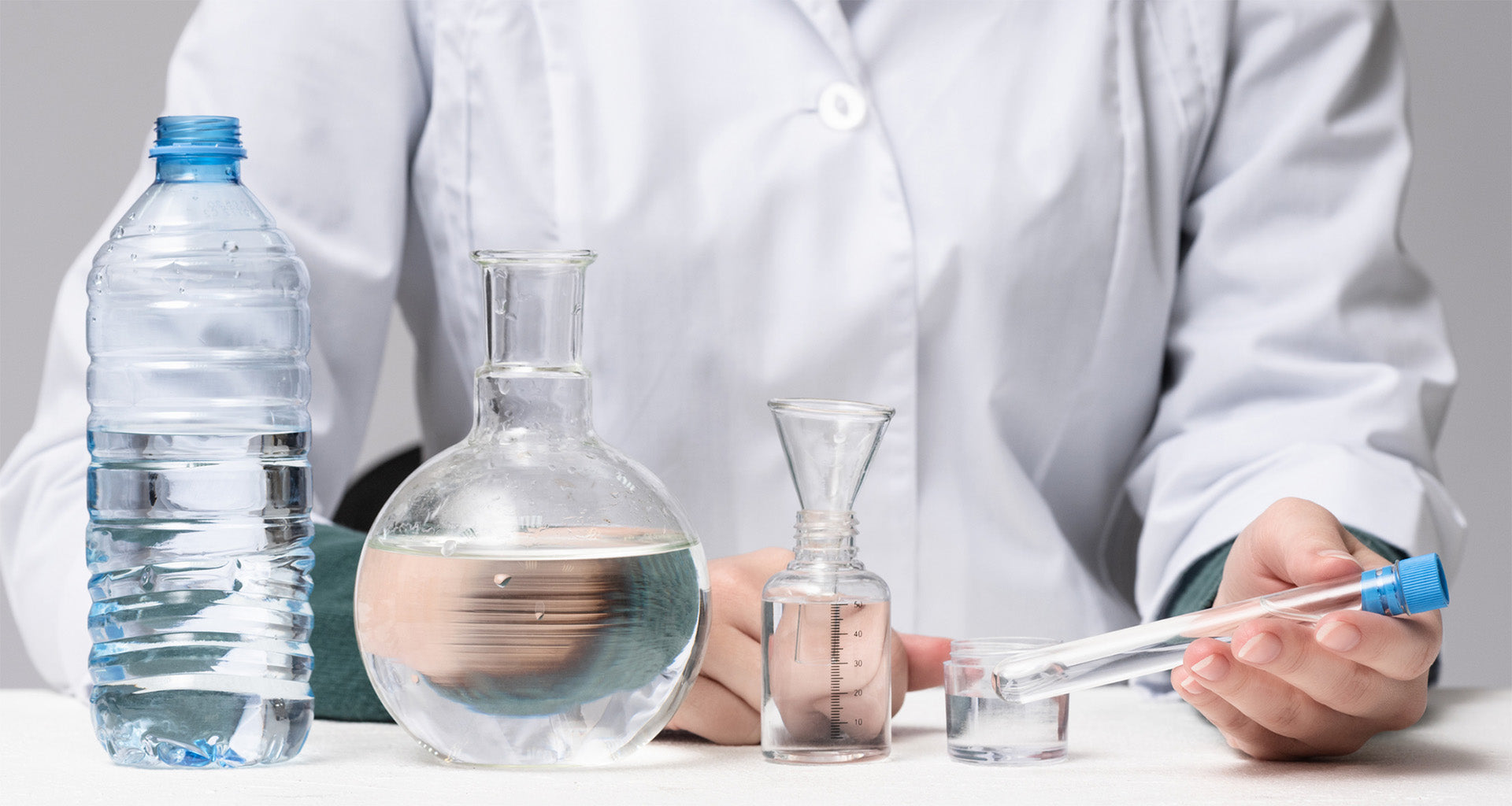
Understanding pH and Why It’s Not Everything in Drinking Water
We have all heard of pH in water, which may sound scientific and complex. However, pH is simple to understand—and yes, the pH value does have an impact on our health. The unfortunate fact is that, with the availability of simple devices or papers to test pH, we often end up believing that pH is everything in water.
But here’s what you need to know: pH is just one piece of the puzzle. There’s far more to water than meets the eye. Anyway, let’s start with the basics of pH.
What is pH?
pH stands for the Power of Hydrogen or, sometimes, Potential of Hydrogen in water.
It measures hydrogen ions in water: if there are more hydrogen ions, the water is considered acidic; if there are fewer, it’s alkaline; and if the hydrogen ions are in balance, the water is neutral, making it ideal for drinking.

The Story Behind the Term pH
How is pH Measured?
An electronic pH meter uses a glass electrode to detect the electrical charge of hydrogen ions in water, converting this charge into a standardized pH number.
pH testing papers, or litmus papers coated with certain chemicals, change color when dipped in water, indicating the pH level based on the reaction to hydrogen ions and providing a quick visual representation of whether the water is acidic, neutral, or basic
Why Does the pH Scale Range from 0 to 14?
Based on experiments and data gathered by scientists, a pH of 7 was defined as neutral, indicating equal concentrations of hydrogen ions and hydroxide ions in pure water. This established the midpoint of the scale. If there are more hydrogen ions in water, it is called acidic; if there are fewer, it’s alkaline.
Why Do You Need to Know About pH in Drinking Water?
The pH level of drinking water influences how our bodies interact with it. Water with a pH between 6.5 and 8.5 is generally considered safe for human consumption. Why? The key benefit is cellular hydration; our cells are able to absorb and utilize water more effectively when the pH is near neutral. Thus, this is the regular water you should always go for.
Alter and test the pH of water at home:
You can alter the pH of water at home using a few simple methods.
To make water more alkaline or increase the pH, mix a pinch of baking soda per glass of water, You can also decrease the pH and make water more acidic by adding a tablespoon of white vinegar or apple cider vinegar, or dissolving a small amount of citric acid powder.
Check with pH strips to see the changes. Always start with clean, filtered water for the best results and make gradual adjustments to avoid extreme changes. Have fun.
Hyped topic: Drinking machine altered pH water
There is a lot of discussion about drinking alkaline water. What’s that about?
Low pH (acidic) or high pH (alkaline) water can be consumed intermittently to balance the acidity and alkalinity in the body, but it’s definitely not recommended to drink them regularly.
Let’s Talk About Drinking Alkaline Water
Drinking alkaline water intermittently might help neutralize acidity in the body, potentially benefiting those with acid reflux or a high-protein diet. However, excessive intake may lead to electrolyte imbalances and digestive issues due to lower stomach acidity.
While some individuals report positive effects, scientific research on the long-term impacts of alkaline water is still limited, so moderation is essential. Normal pH water is safe.
How About Drinking Acidic Water?
Of course, we all drink acidic water from time to time. Lemon water, known for its refreshing taste, is acidic due to its high citric acid content. While drinking this acidic lemon water can aid digestion and provide a boost of vitamin C, regular consumption of highly acidic beverages can lead to stomach discomfort and exacerbate acid reflux for some individuals.
The acidity can also wear down tooth enamel over time, so it’s important to enjoy acidic drinks once in a while like lemon water, but only in moderation. Normal pH water is safe.
Important Segment of This Blog: Why pH is Not Everything?
While pH can tell us a lot, it’s only one parameter in the complex world of water. Water’s behavior goes far beyond acidity or alkalinity; there are additional parameters like mineral content, physical and chemical contaminants, total dissolved solids (TDS), microbial safety, hardness, organic compounds, and sensory characteristics that determine whether water is safe and beneficial for drinking.
Assume you have tested for all these parameters and your water falls within permissible limits. Do you think your water is perfect? No way!
Water’s behavior extends beyond all these parameters, exhibiting mysterious qualities that science has only just begun to understand. Water is, in many ways, a “liquid mystery” with properties that don’t always follow predictable, linear behavior.
Here’s a peek into some of water’s lesser-known, non-linear properties:
- Molecular Structure: Water molecules form unique patterns and structures, which can change depending on factors like temperature, pressure, and even subtle influences like sound.
- Memory-Like Qualities: Some researchers believe water can “hold information” or change based on its environment, a theory that has led to intriguing studies but is still under exploration.
- Energy Sensitivity: Water’s molecular makeup can be influenced by electromagnetic energy, magnetic fields, and even thought or intention, according to proven studies by scientists like Dr. Masaru Emoto.
Water’s lesser-known, non-linear properties can significantly impact our bodies and overall well-being. Clean water is just a good start.
-
Water’s unique molecular structures enhance hydration efficiency, allowing cells to absorb water more effectively.
- The theory that water can “hold information” suggests it might retain qualities from substances it contacts, potentially influencing our body’s responses to hydration.
- Water’s sensitivity to energy, including thoughts and intentions and the environment where and how it’s stored, impacts emotional and physical well-being.
Going beyond pH and understanding these non-linear properties encourages a mindful approach to hydration, considering both the chemical composition and the energetic qualities of water.
With Jiva Water Devices, it’s easier and simpler to make water full of life.
All you need to do is pass your clean water through the device just before drinking, enhancing the energy properties of the water. Get more from your water! While you know that the key benefit of drinking Jiva Water is cellular hydration, here’s a quick list of potential benefits of regularly drinking water that’s full of life energy:

Don’t miss out on these amazing health benefits! Buy your Yami portable Jiva Water Device and make every sip of water you drink full of life energy!
Written by
Krithika Prasad



